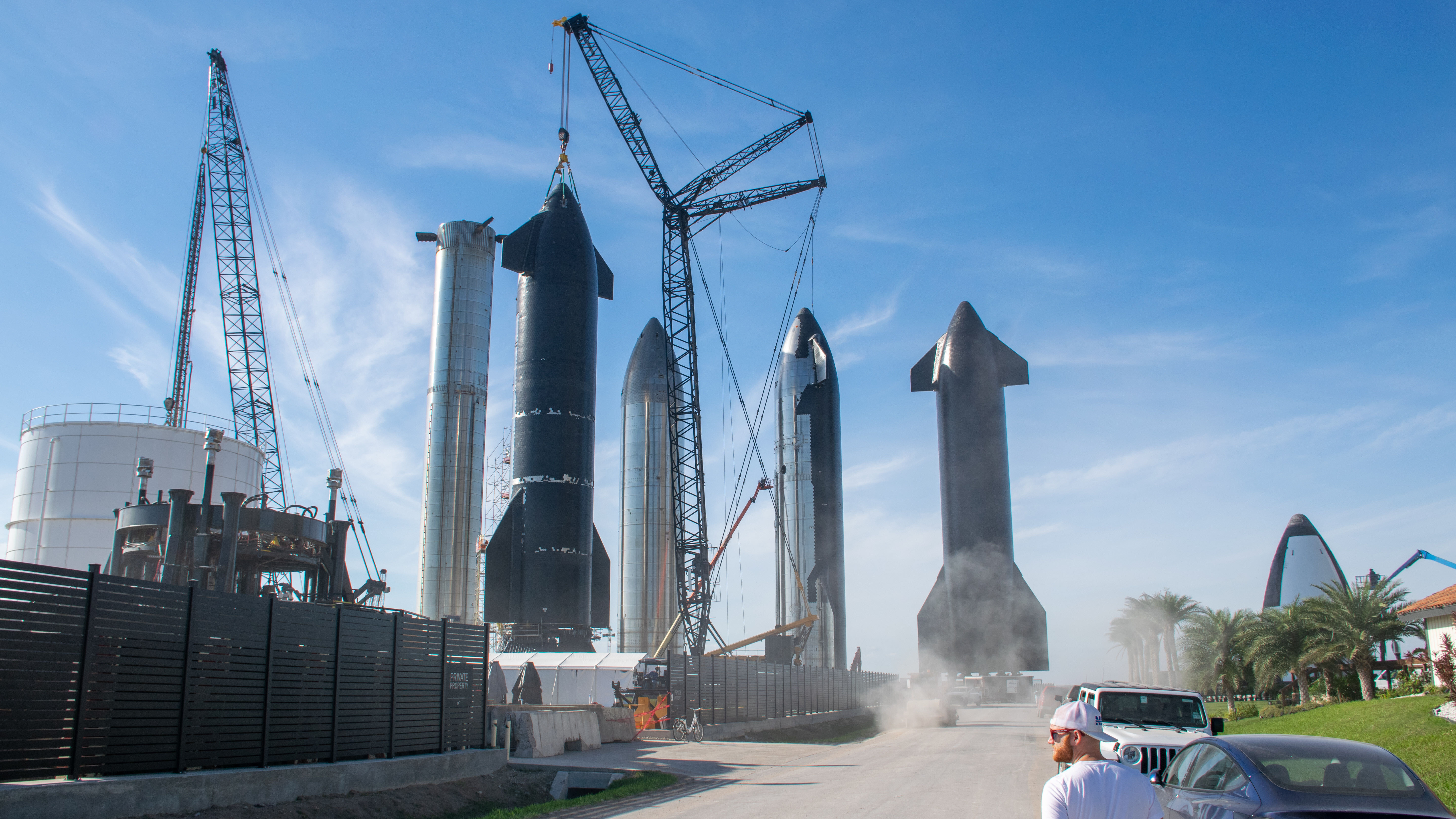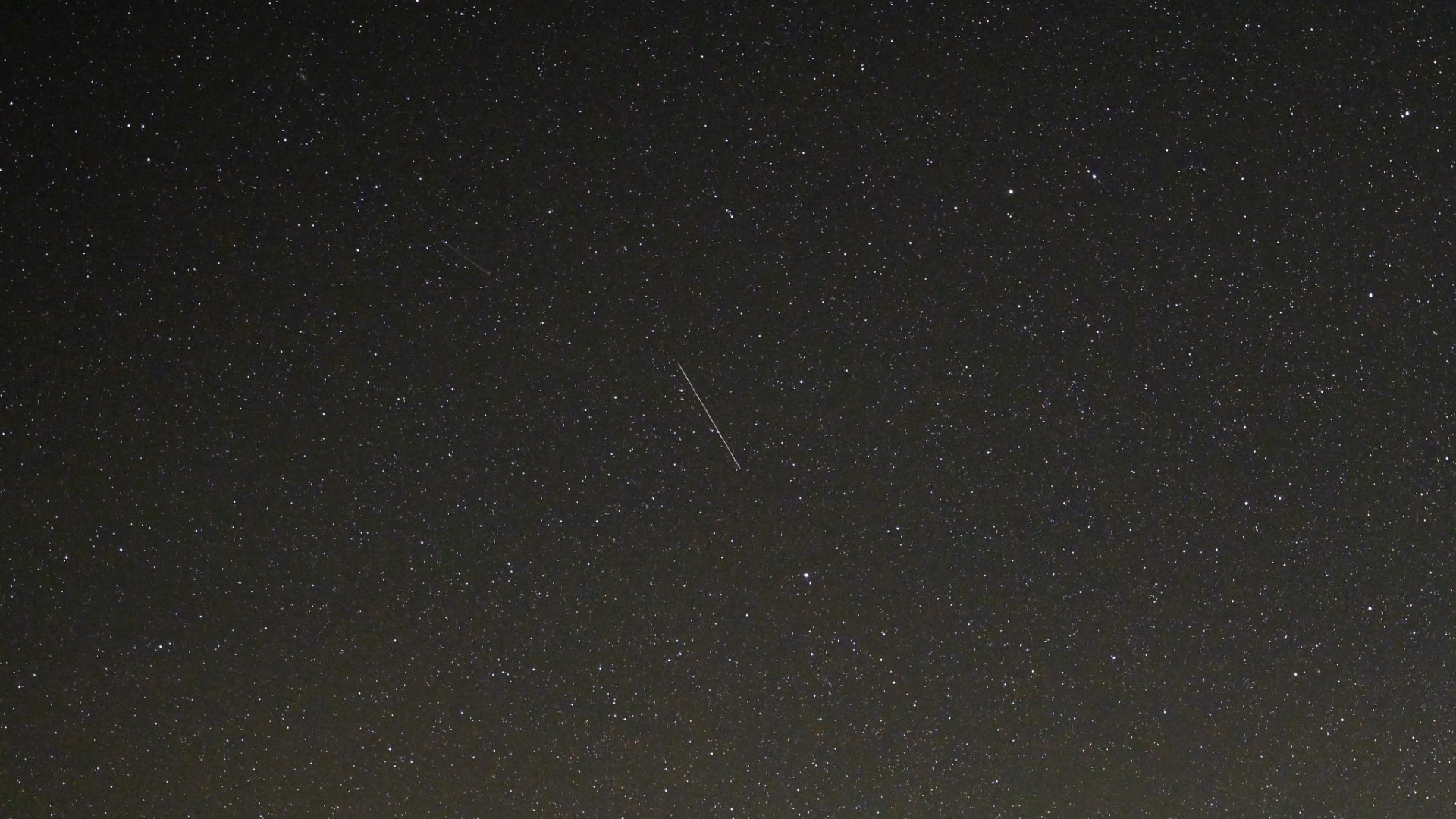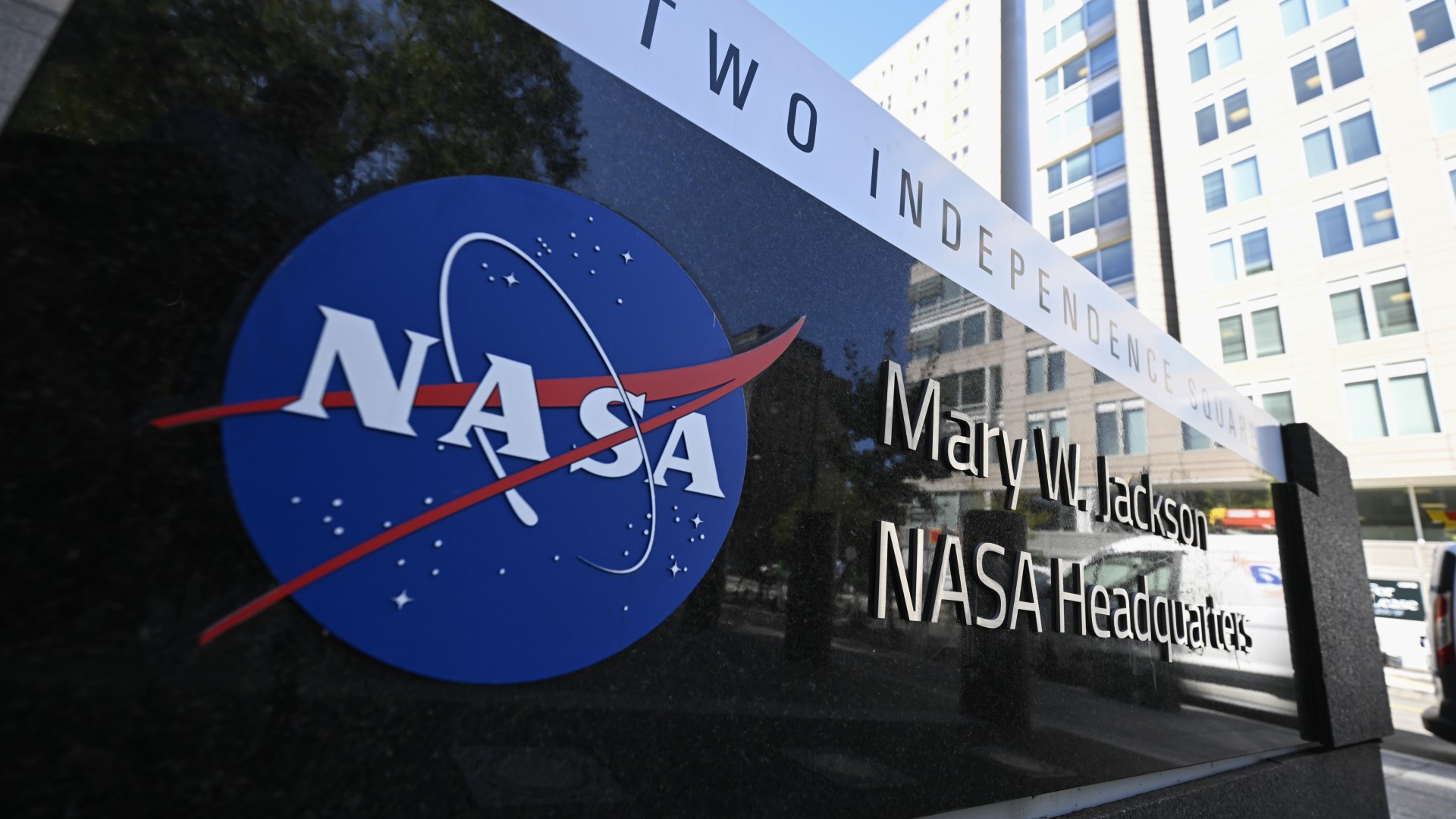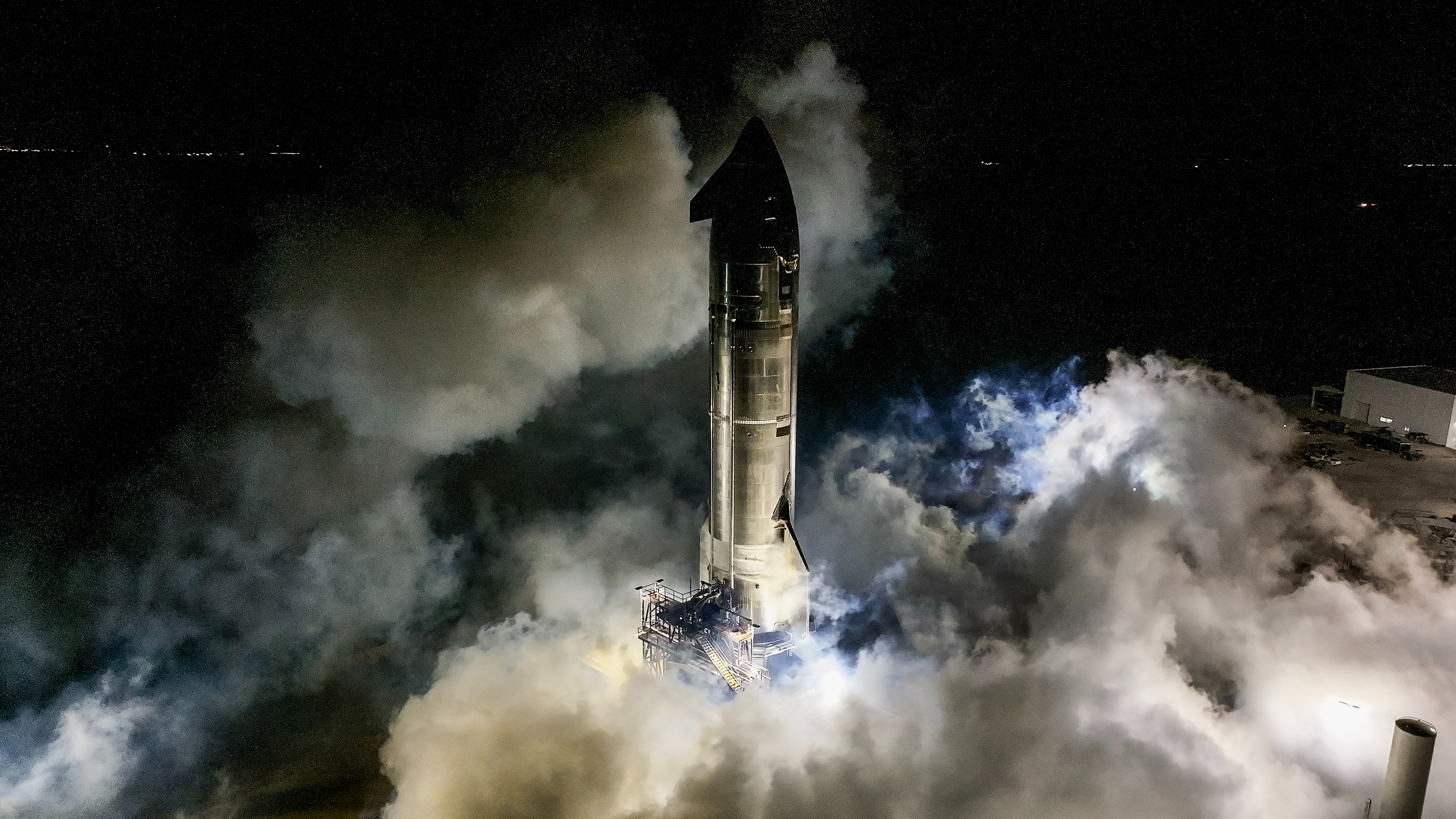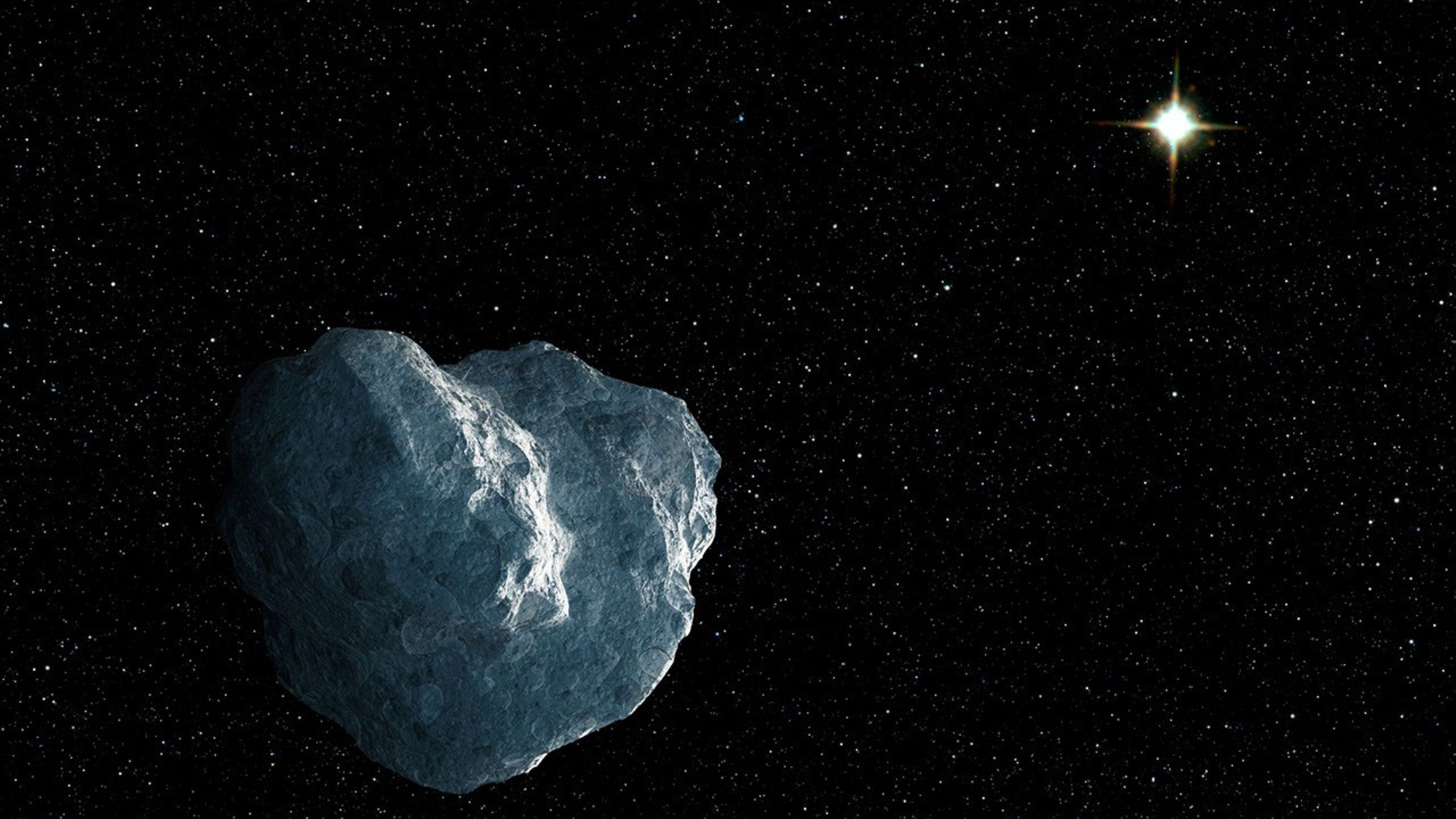Tossing Orion: NASA Performs Drop Tests, Rocket Checks for Next Spaceship
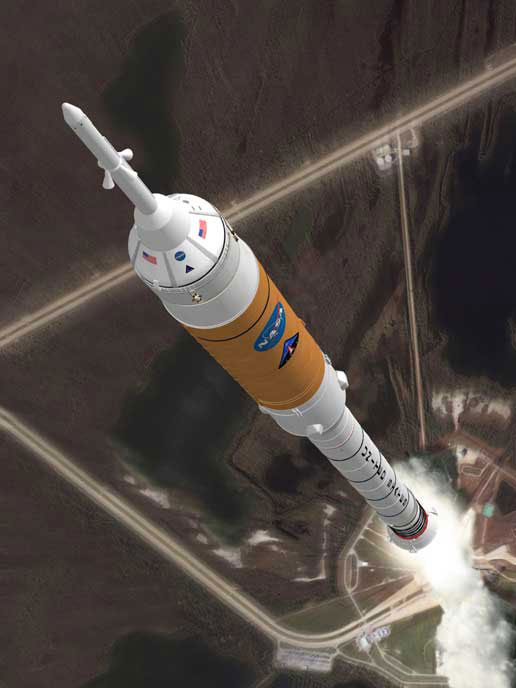
NASA hasrepeatedly sent scale-sized versions of its plannedOrion spaceship plummeting back to Earthin a series tests to pinpoint the best way to return future astronauts safely back to terrafirma.
The droptests, performed at NASA’s Virginia-based Langley Research Center [image],are just one of several technical milestones the Orionspacecraft and Aresrocket programs hit in recent weeks as the agency pushes ahead with plansfor its space shuttlesuccessor [image].
- VIDEO: NASA’s Orion Scale Model Drop Tests
“It’s atechnology development effort right now to look at what is the best system forus to use for landing,” Orion project manager Caris ‘Skip’ Hatfield told SPACE.com,adding that the capsule-based vehicle will cushion its landing with eithersausage- or wedge-shaped airbags [image]. “We’re going through now and looking at various configurations of airbags.”
The Orionproject completed a critical system requirements review this month withLockheed Martin, NASA’s primecontractor of the project, which laid the foundation for the spacecraft’sdesign and development. NASA also put out a call for proposals this month forcontractors interested in supplying the upper stage of Orion’s Ares 1 rocketbooster [image],with engine tests for its heavy-lift counterpart -- the Ares V [image]-- are also underway.
“I thinkwe’ve made a tremendous amount of progress,” Hatfield said.
NASA chiefMichael Griffin has said the first crewed flight of an Orion spacecraft and itsAres booster willbe delayed until at least March 2015 -- well after the planned September2010 retirement of the agency’s aging three-orbiter shuttle fleet -- due to budgetissues. That first operational launch was slated for September 2014.
“It doesn’tchange the design so much to have that slip, it’s really a project managementissue,” Hatfield said of the slip, which Griffin has attributed to a $575 million shortfallin the agency’s expected 2007 exploration budget.
Get the Space.com Newsletter
Breaking space news, the latest updates on rocket launches, skywatching events and more!
Chubbyspacecraft
Hatfieldsaid one of Orion’s major steps forward was a successfulweight loss program to shave excess mass off the hefty vehicle.
“We are nowback into the weight requirements where we want to be,” Hatfield said.
A series ofdesign changes following NASA’s selection of Lockheed Martin to build Orioncapsules found the 50,265-pound (22,800-kilogram) spacecraft to be about 2,976 pounds(1,350 kilograms) overweight, though they were still light enough reach orbitatop an Ares 1 rocket, NASA has said.
WhileHatfield pressed his project teams to streamline their systems to eliminateunnecessary weight wherever possible, the biggest savings came by encapsulatingOrion’s service module, which houses the vehicle’s vital systems, with ashroud-like shell rather than align it with the exterior of its Ares 1 booster.
“Basically,it’s a lot more like a payload shroud on an expendable launch vehicle,”Hatfield said, adding that the service module’s exterior shell is now designedto peel off during launch at about the same time as Orion’s emergencyrocket-laden escape tower. “We end up with more efficient payload mass to orbitbecause we can get rid of that extra mass on the way to orbit.”
Constructionwill soon begin on a boilerplate Orion capsule, a bare bonesprototype designed for launch abort system tests, at NASA’s Langley center as Lockheed engineers assemble to the first rocket motors for thespacecraft’s escape tower, Hatfield said. The Orion boilerplate and escapetower are expected to undergo their first field trials next fall at New Mexico’s White Sands Missile Range, he added.
This week, NASA also announced a five-year, $63million plan to perform a series of thermal, electromagnetic and sound andmechanical vibration tests for the Orion spacecraft at Plum Brook Station inthe agency’s Ohio-based Glenn Research Center.
Boostersteps
While workcontinues on the Orion capsule, a separate team of engineers is tackling thespacecraft’s two-stage Ares I and its heavy-lift counterpart the Ares V, bothof which are slated to launch initially from NASA’s Pad 39B site at the Kennedy Space Center in Florida.
The Ares Irocket is designed to use a five-segment version of the four-segment shuttle solidrocket booster (SRB) and a liquid propellant-fueled upper stage to ferry newcrews to the InternationalSpace Station (ISS) or onwards to the Moon.Proposals for the booster’s upper stage are due by April 13, and NASA officialsexpect to make their choice in August.
The Ares Vis expected to haul heavy cargo, such as future lunar landersand rocket stages to send Orion crews towards the Moon, using two evolvedrocket boosters and a core stage that draws on NASA’s shuttle and Saturn Vexpertise.
Severalwind tunnel and computer modeling studies are underway to determine how Ares Iand V boosters will behave during launch and control their roll rates, NASAofficials have said. Ares V engineers have also staged a series of test firingsfor the booster’s RS-68 rocketengines, five of which will form the core of the heavy-lift rocket’s powerplant [image].
“When youlook back on it, it is absolutely amazing the progress we’ve made in a prettyshort amount of time,” Hatfield said. “Hardware’s going to start appearing overthe next couple to a few months.”
- VIDEO: NASA’s Orion Scale Model Drop Tests
- VIDEO: A New Era of Exploration with NASA’s Orion and Ares
- IMAGES: NASA’s Next Spaceship
- Project Orion: NASA's Next Spaceship Takes Shape
- Rocket Tests Planned for NASA’s Next Spaceship
Join our Space Forums to keep talking space on the latest missions, night sky and more! And if you have a news tip, correction or comment, let us know at: community@space.com.

Tariq is the Editor-in-Chief of Space.com and joined the team in 2001, first as an intern and staff writer, and later as an editor. He covers human spaceflight, exploration and space science, as well as skywatching and entertainment. He became Space.com's Managing Editor in 2009 and Editor-in-Chief in 2019. Before joining Space.com, Tariq was a staff reporter for The Los Angeles Times covering education and city beats in La Habra, Fullerton and Huntington Beach. In October 2022, Tariq received the Harry Kolcum Award for excellence in space reporting from the National Space Club Florida Committee. He is also an Eagle Scout (yes, he has the Space Exploration merit badge) and went to Space Camp four times as a kid and a fifth time as an adult. He has journalism degrees from the University of Southern California and New York University. You can find Tariq at Space.com and as the co-host to the This Week In Space podcast with space historian Rod Pyle on the TWiT network. To see his latest project, you can follow Tariq on Twitter @tariqjmalik.

